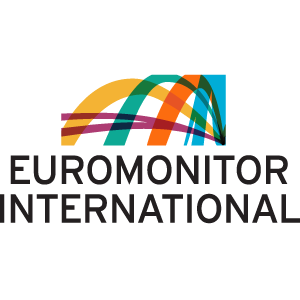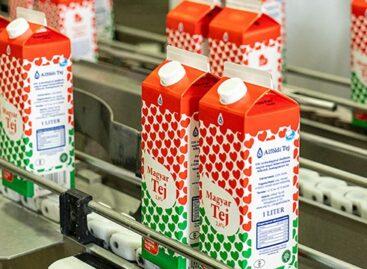The most Hungarian brand
Lately, trademarks have been playing an increasingly important role in the consumer perception of packaged foods and have also started to affect buying decisions more frequently.


Guest writer:
Roland Száki
senior analyst
Euromonitor International
On the ‘digital shelves’ globally ‘organic’ claims and labels are used most often (6 percent of the total SKUs), followed by gluten free (4 percent), vegetarian (3 percent) and no artificial preservatives (3 percent) claims.
Healthy lifestyles are becoming more popular in Hungary as well, for instance the compound annual growth rate (CAGR) of organic dairy products is forecasted to be around 7 percent in the 2021-2026 period. Nevertheless, this growth will amount to be less than 1,500 tonnes in actual volume, while total dairy product sales growth is expected to be 80,000 tonnes.
Country of origin is another important product characteristic, especially in Hungary, where there are a large number of such labels, e.g. three types of trademarks by the Hungarian Product Nonprofit Kft. (more than 5,000 products and services of 210 companies use these already), Nébih markings and many more. As a reaction to the ongoing globalisation, many brands are keen on communicating their local origin. //
Related news
The Alföldi Tej case is drifting towards an uncertain outcome
🎧 Hallgasd a cikket: Lejátszás Szünet Folytatás Leállítás Nyelv: Auto…
Read more >Authorities seize expired gyro meat in Budapest: inspections tighten in the street food sector
🎧 Hallgasd a cikket: Lejátszás Szünet Folytatás Leállítás Nyelv: Auto…
Read more >The Hungarian Food Bank is putting together 44,000 food packages from the proceeds of ALDI’s first Advent market
🎧 Hallgasd a cikket: Lejátszás Szünet Folytatás Leállítás Nyelv: Auto…
Read more >Related news
Crowds return to stores: margin cap and year-end preparations drive retail traffic
🎧 Hallgasd a cikket: Lejátszás Szünet Folytatás Leállítás Nyelv: Auto…
Read more >The kings of the New Year’s Eve list: hot dogs and champagne in abundance
🎧 Hallgasd a cikket: Lejátszás Szünet Folytatás Leállítás Nyelv: Auto…
Read more >The Alföldi Tej case is drifting towards an uncertain outcome
🎧 Hallgasd a cikket: Lejátszás Szünet Folytatás Leállítás Nyelv: Auto…
Read more >





